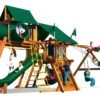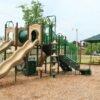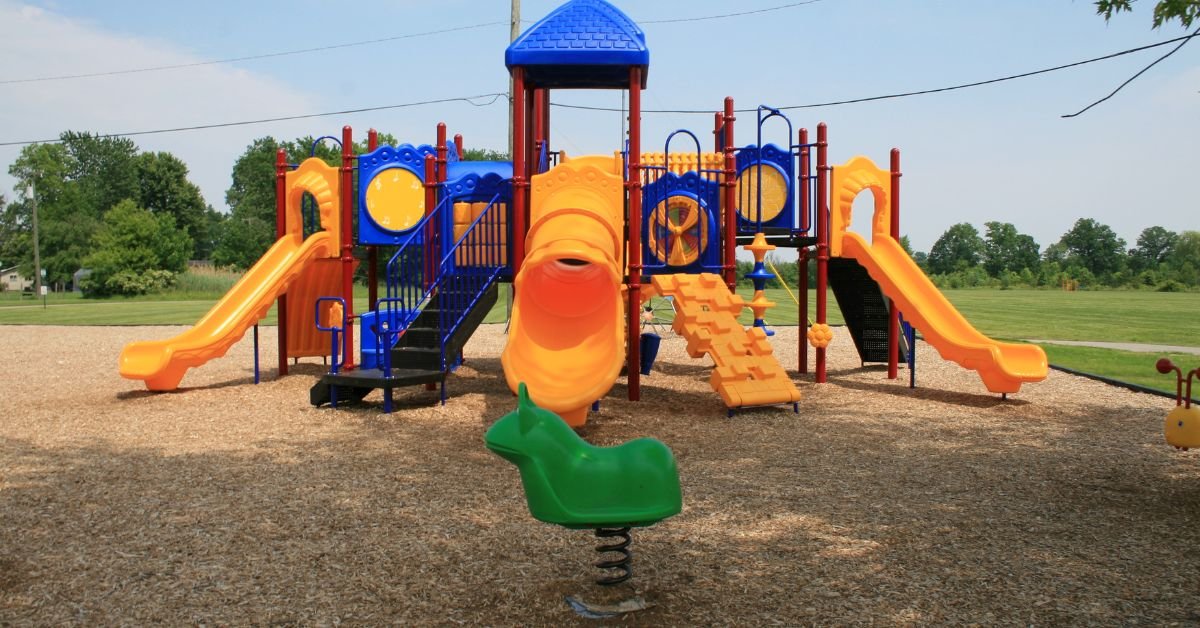
Close your eyes for a moment and picture this: kids laughing, running, and climbing on colorful equipment in a new playground. It’s a vibrant hub for the community and a source of endless memories. But before the swings start swinging, there’s one major piece of the puzzle to tackle first: how do you budget for something like this? A commercial playground can be a big investment, and it’s not just the upfront costs that add up. Installation, permits, surfacing, and even ongoing maintenance all need to fit into the financial plan.
This guide will break it all down step-by-step, so the budgeting process feels more like a fun planning project and less like an overwhelming math marathon. We’ll cover how to identify your biggest priorities, figure out where you can save without sacrificing quality, and explore funding options you may not have even thought of yet. You’ll walk away with actionable advice, insights into what drives playground costs, and confidence to move forward. Building a playground shouldn’t feel intimidating, and by the time we’re done here, it won’t. Let’s dig into the details and get one step closer to making your playground dream a reality.
Start With a Clear Vision
Imagine your playground before you even crunch numbers. What features do you see? Maybe it’s a twisty slide, a towering climbing wall, or swings with enough variety to suit any child’s preferences. Writing down your vision helps you get specific about what you want versus what you need.
This step is a way to hone in on the purpose of your playground. Is it for a park, a school, or a community center? Defining its purpose allows you to prioritize spending and focus your resources where they’ll matter most. For example, a school might need more interactive play or educational features, while a public park could benefit from all-ages inclusivity.
Research Costs Thoroughly
Sticker shock can easily derail your budget if you don’t do your homework. Take the time to research not just the price of the playground equipment in Michigan but also the secondary costs such as installation, safety surfacing, permits, and inspections. Vendors often provide estimates, so request quotes with detailed breakdowns to understand where your money will go.
Keep in mind that some materials, such as wood, look charming but can require higher maintenance, while durable plastics or metals might cost more up front but last longer. Make sure to ask about warranties, too. Choosing up-front costs over extended savings could haunt your budget later.
Prioritize Safety First
Laughter and fun are certainly the end goals, but safety comes first every time. Investing in high-quality safety surfacing, like poured rubber, mulch, or artificial turf, is non-negotiable and should take a significant portion of your budget. Cheaper materials might save money short-term, but the long-term expense of maintenance or potential liability could cost much more.
Make a list of equipment with built-in safety features, such as handrails or soft edges, and place those items higher in your spending plan. Don’t forget to budget for professional installation. DIY methods might be tempting, but professional installers ensure everything meets safety code standards.
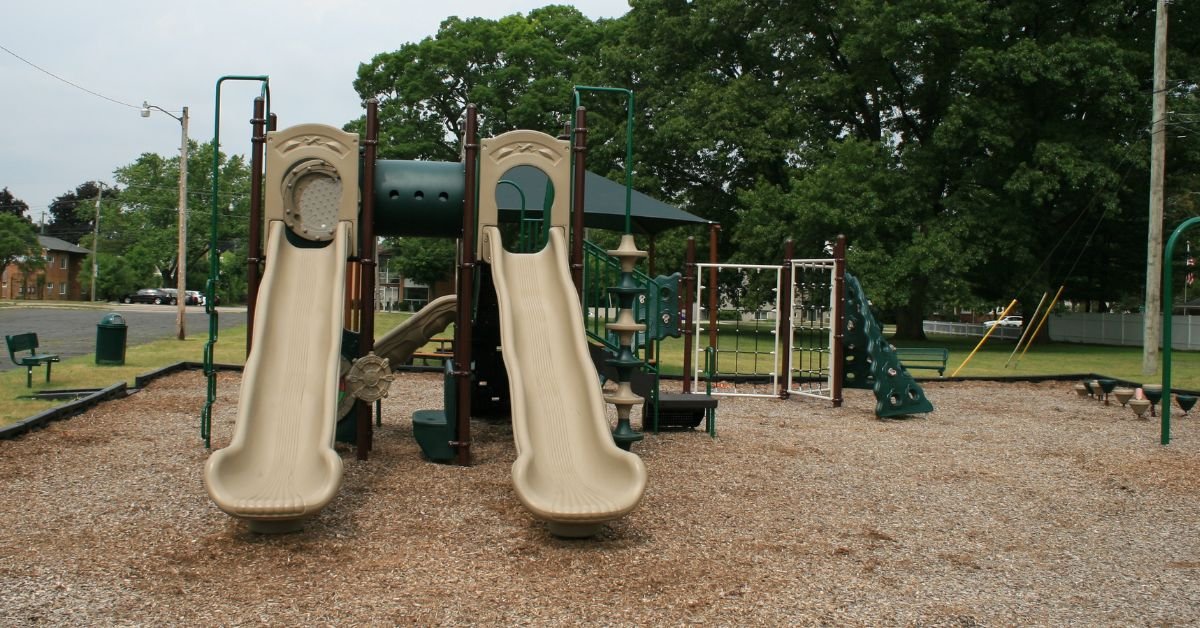
Compare Vendors To Find Value
While sticking with the first company you explore might feel convenient, comparing multiple vendors can save thousands. Reach out to a mix of local and national suppliers, taking note of package deals for equipment and installation. Some companies even offer complimentary design consultations, which can help you visualize the project at no cost.
Ask questions about their past projects and request examples to see how their work turned out for other clients. Don’t focus solely on price; value comes from balancing cost with quality and service.
Plan for Future Maintenance
A lot of budgets only focus on what it costs to build, but playgrounds are long-term investments that need regular maintenance. Materials can wear out, weather can take its toll, and safety updates might arise. Allocating funds for yearly upkeep keeps your playground looking its best without straining your resources.
Think about the climate in your area when selecting materials. For instance, metal equipment in a hot region might need heat-resistant coatings, whereas wood structures in rainy environments may require regular treatments to prevent rot.
Get Creative With Funding
Playgrounds can strain any budget, so looking into outside funding is a smart move. Grants specific to parks and recreational spaces are available from both local and national organizations, and many require a simple application process. Partnering with local businesses or hosting fundraisers can also boost your funding pool.
Transparency during fundraising builds community support, so clearly present your goals and how the money will be used. Crowdfunding platforms are another excellent tool, offering a wider audience a chance to chip in, especially if the playground benefits the whole community. Adding these external sources to your budget plan makes room for extra features you may not have previously considered.
Make Room for Accessibility
Playgrounds are meant for everyone, which is why budgeting for inclusive play equipment should be a top priority. ADA-compliant ramps, swings for children with disabilities, and sensory-friendly features create a welcoming space for kids of all abilities. While some accessibility options cost more, they contribute immeasurable value to the community.
Research shows that inclusive playgrounds encourage social interactions and build stronger connections among children. Don’t forget to include paths made of accessible surfacing materials and consider shade structures for added comfort. Designing with accessibility in mind can also open up eligibility for additional grants and funding programs.
Monitor Your Budget Along the Way
Even the best-laid plans can go off track if you don’t keep a close eye on spending. Costs can creep up with unexpected fees, delivery delays, or design changes, so set up a contingency fund to cover surprises. A good rule of thumb is to reserve at least 10 percent of your total budget for unexpected expenses.
Using project management tools or even simple spreadsheets helps you track where every dollar goes. Regularly reviewing your spending with your vendor or project manager also ensures you’re staying aligned with your financial goals.
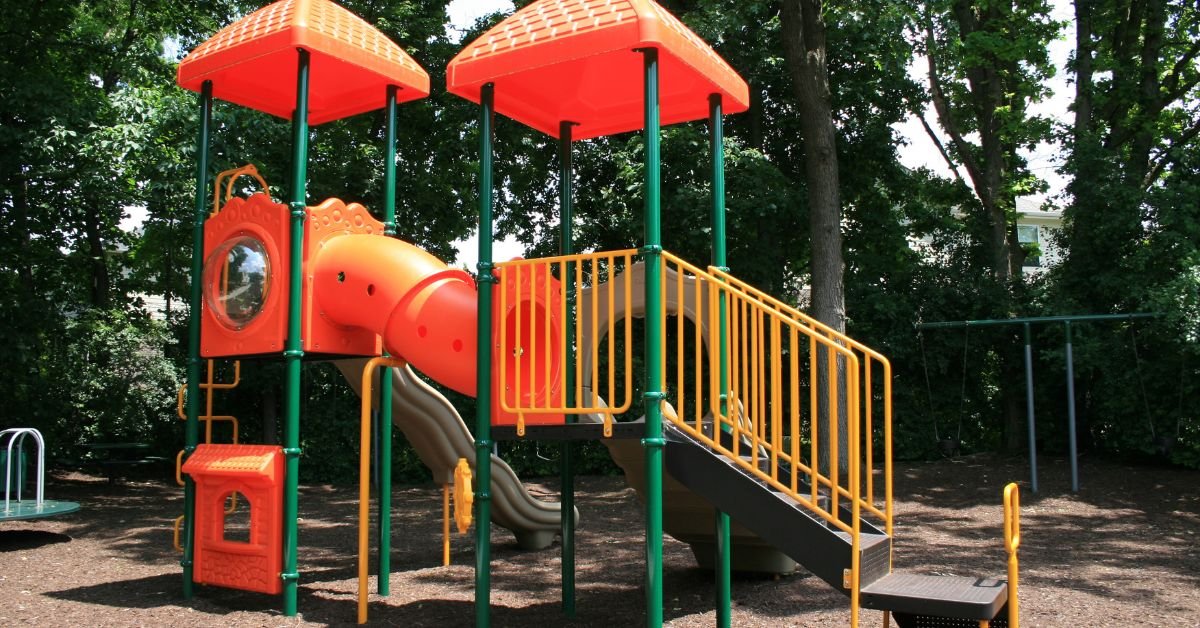
Create Your Dream Playground Today
Crafting the perfect budget for a commercial playground might seem like a big task, but it’s also the first step toward creating a space filled with laughter, creativity, and joy for years to come. Think about this process as more than just numbers; it’s an opportunity to build something truly meaningful that will impact your community or organization in ways beyond measure. Stay strategic, stay flexible, and most importantly, stay excited about the incredible results waiting on the other side.
Now, it’s your turn to make that vision a reality. Start gathering ideas, sketch out those dreams, and give those budgeting muscles a workout.

